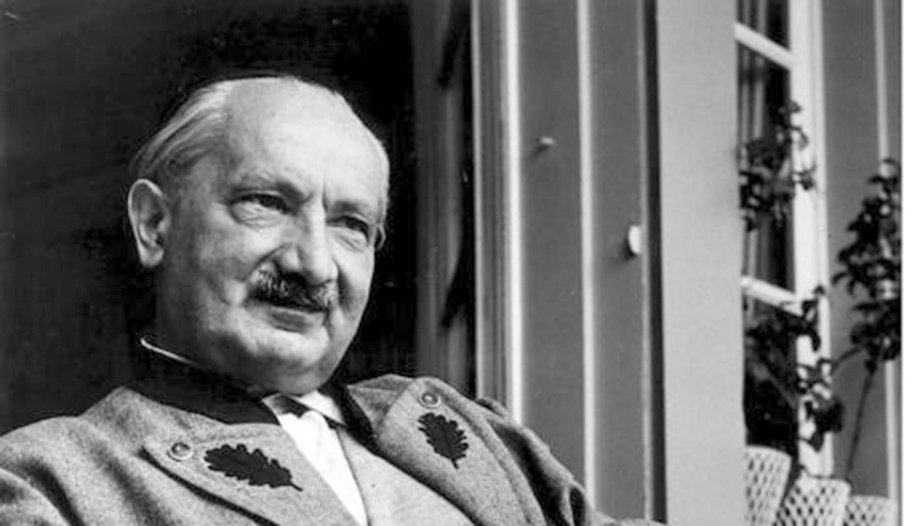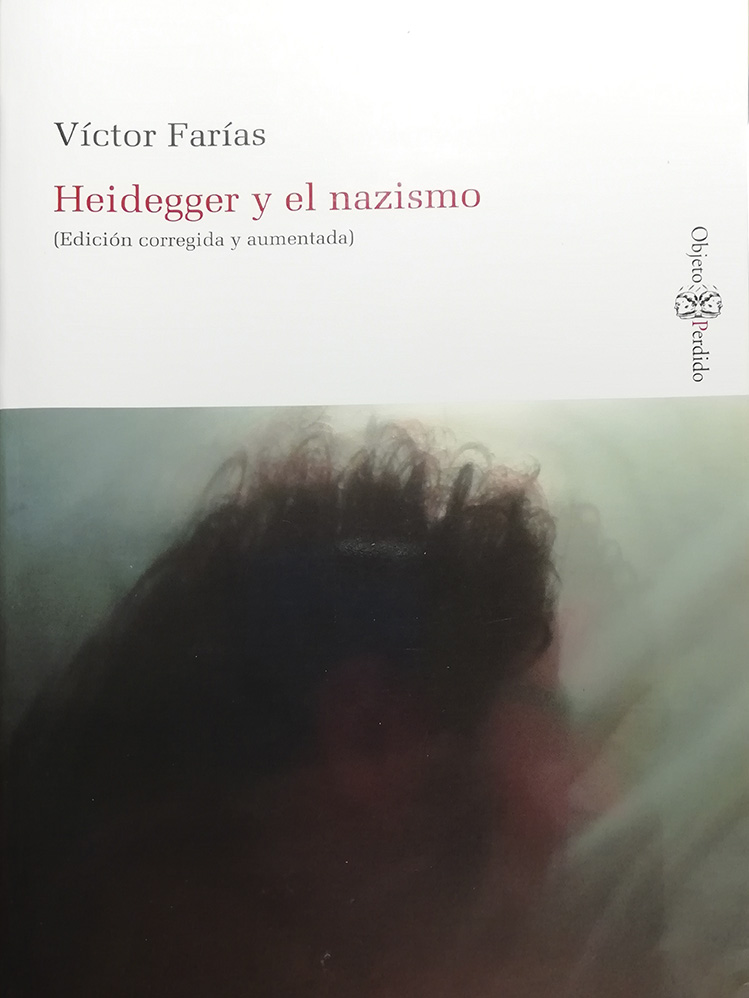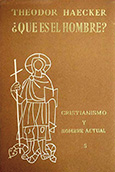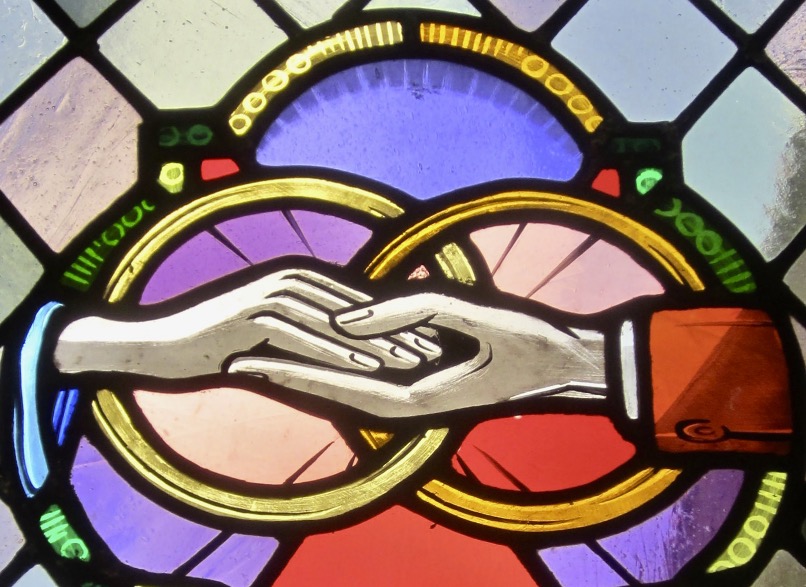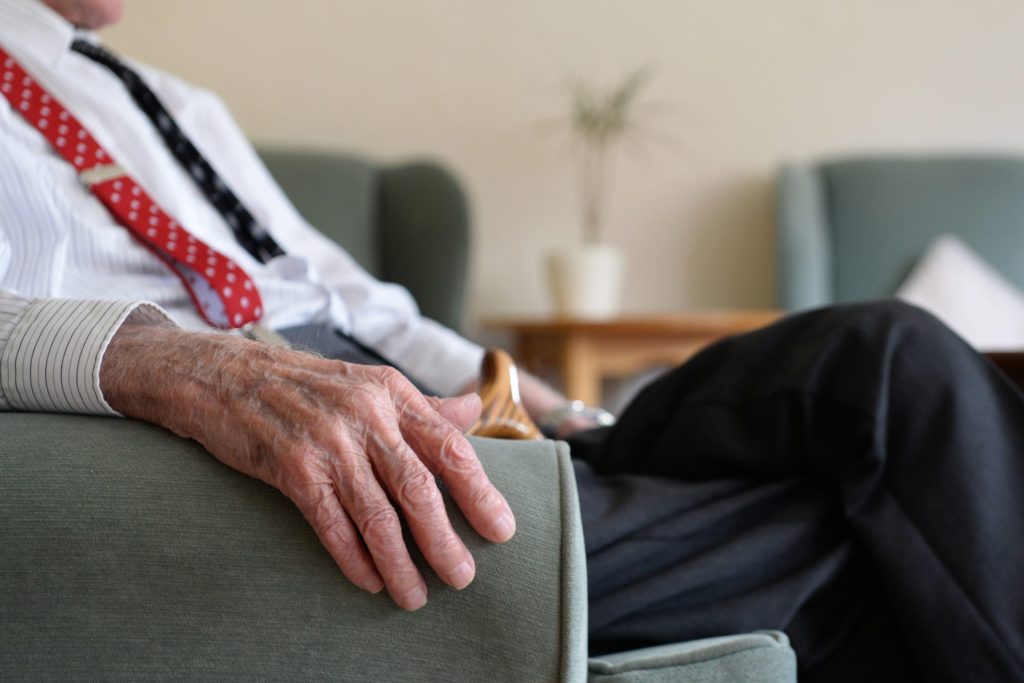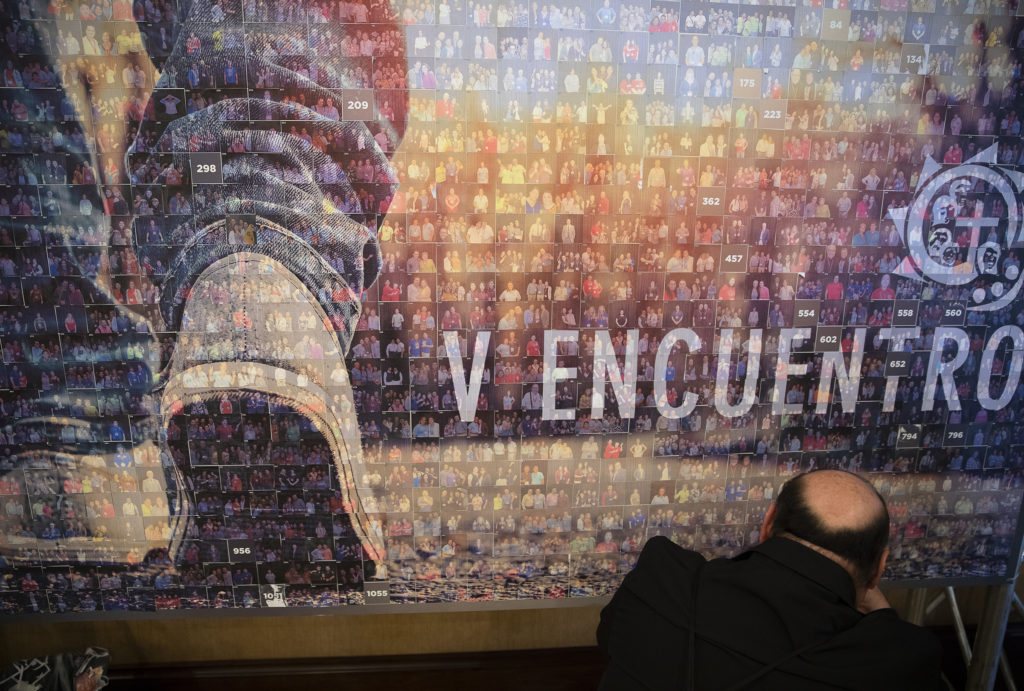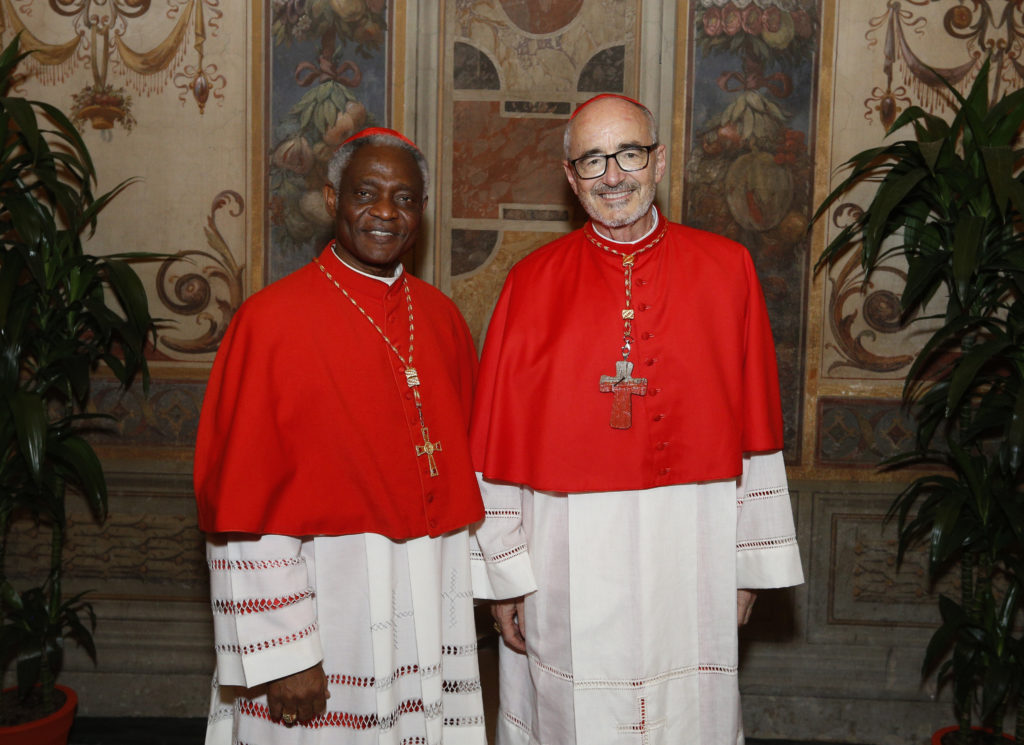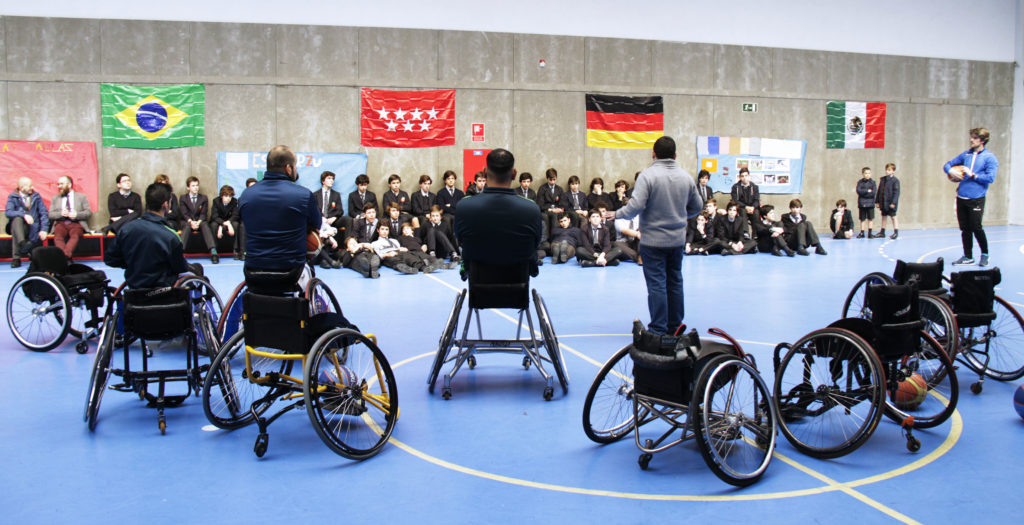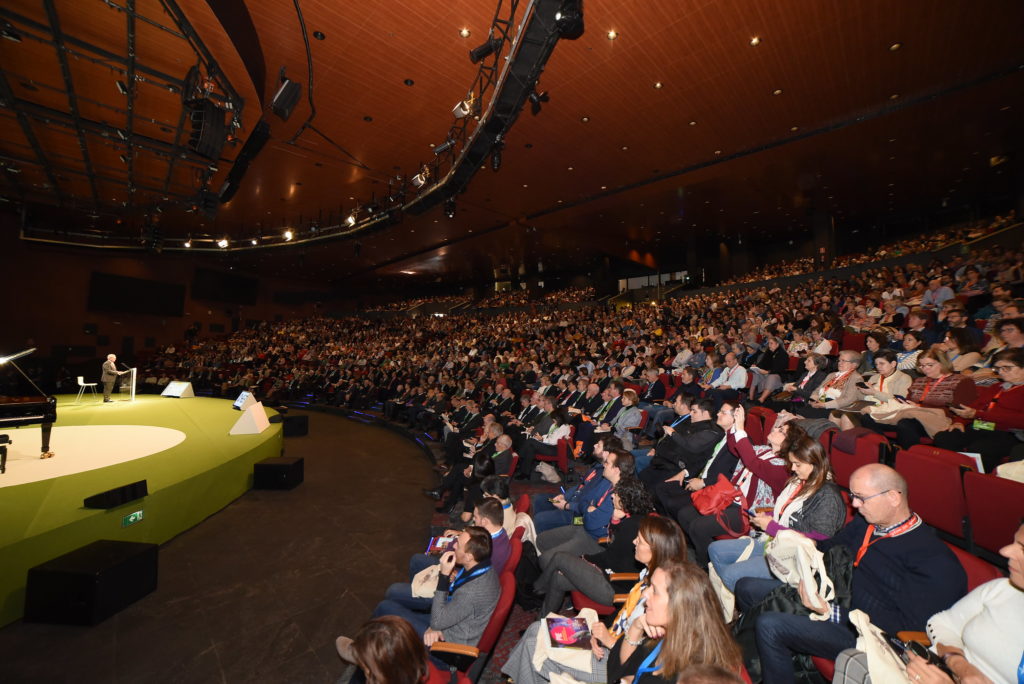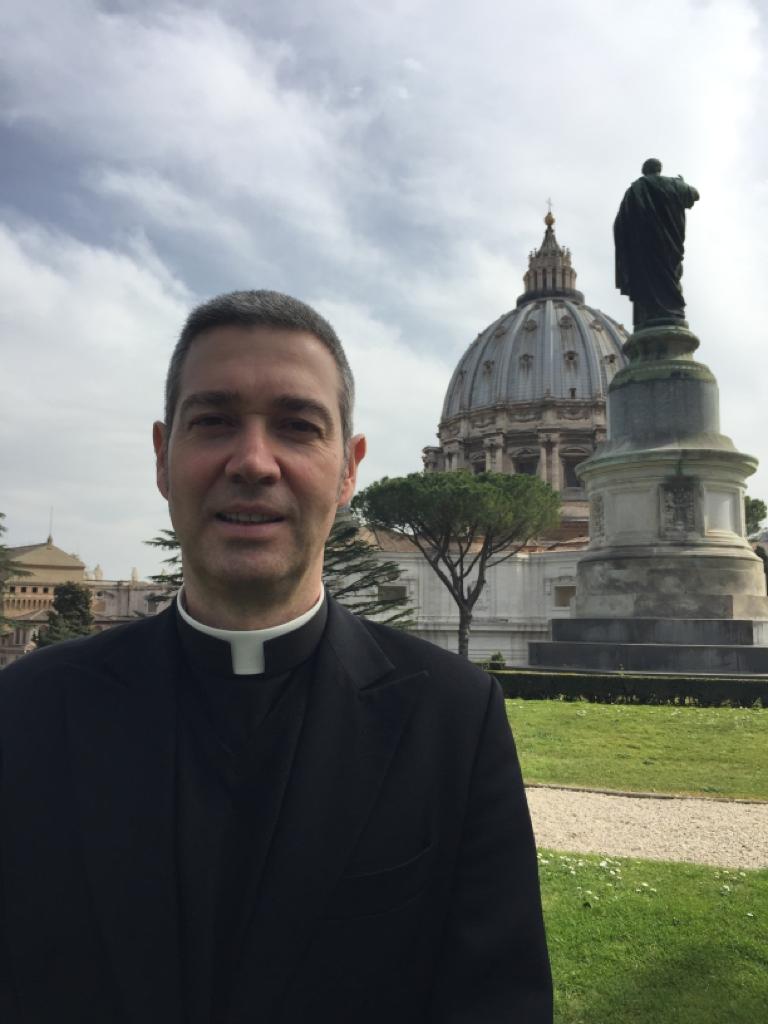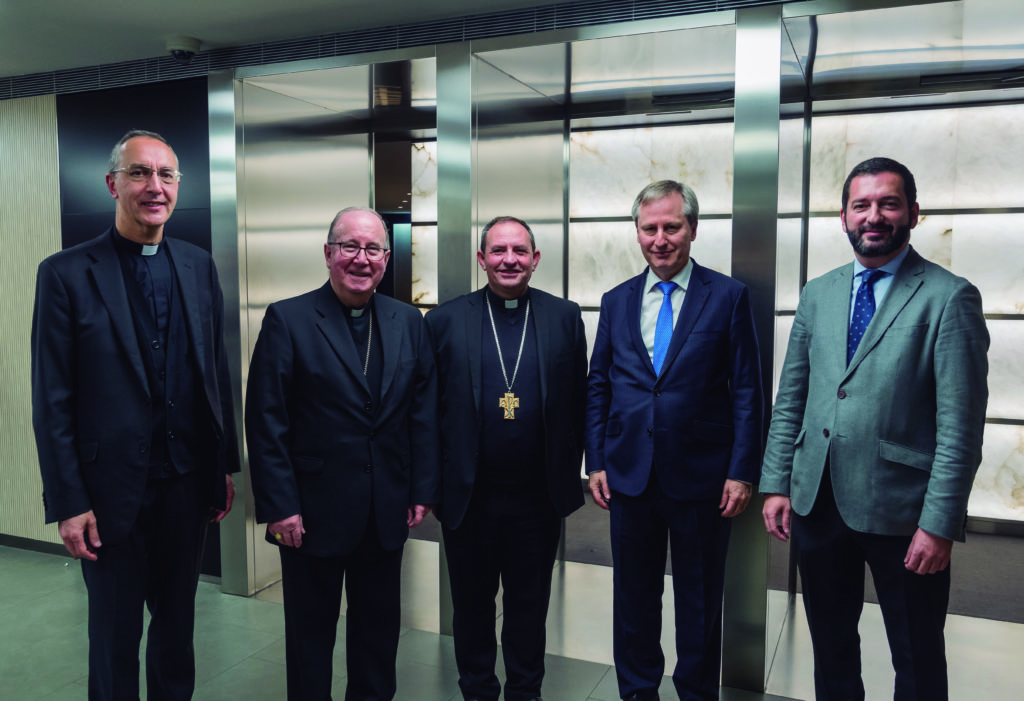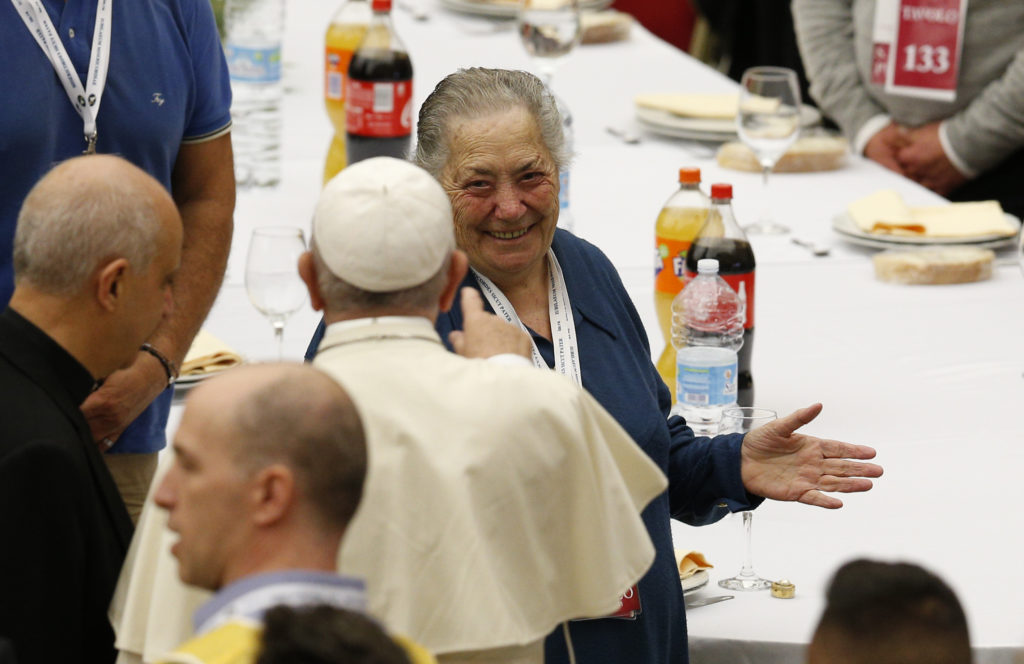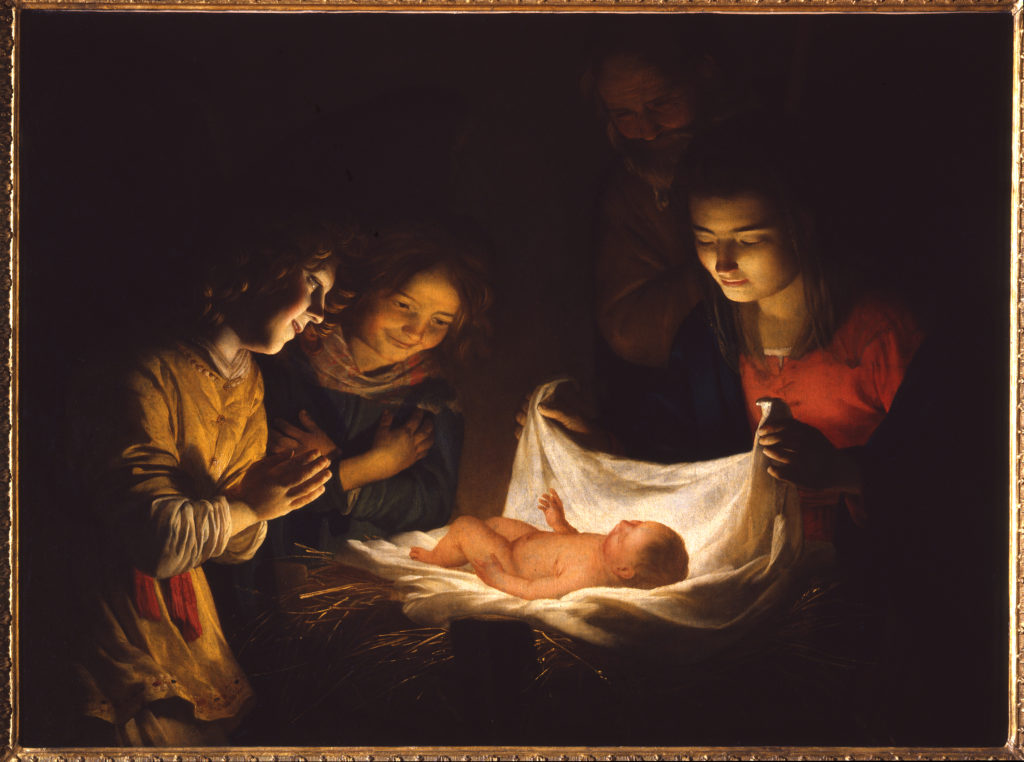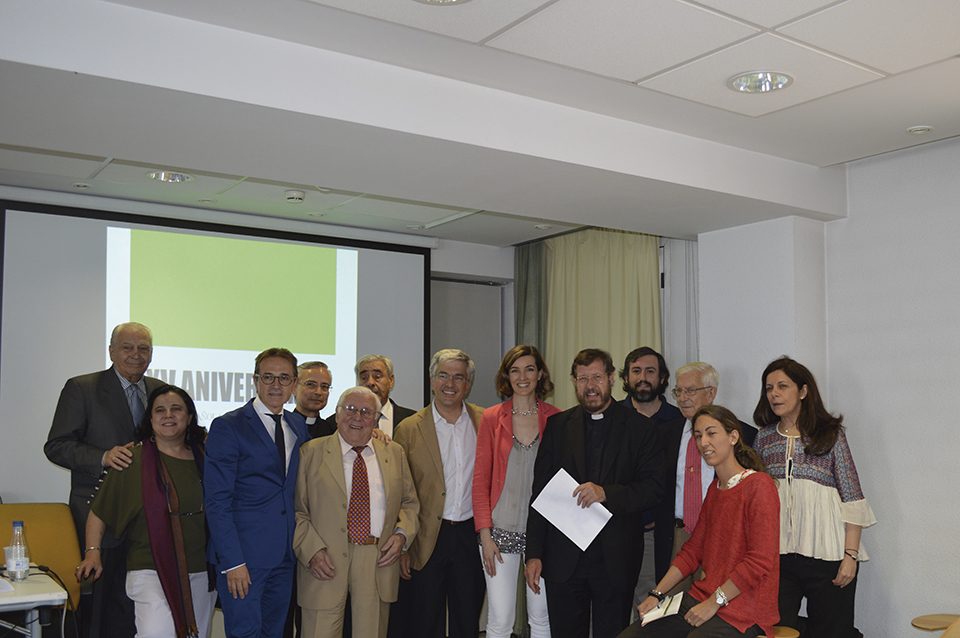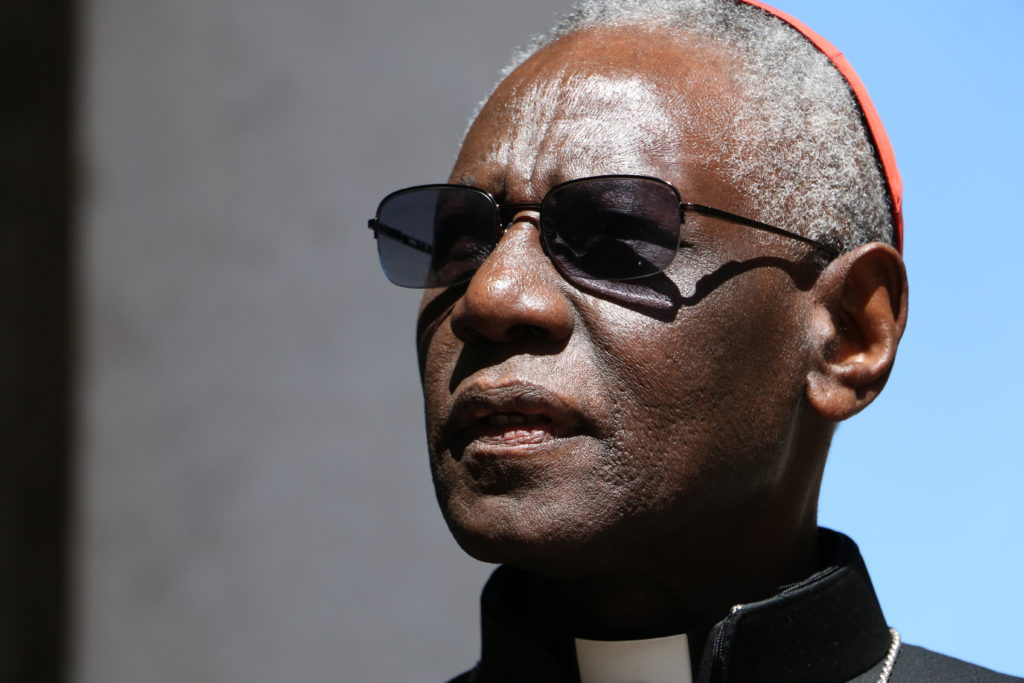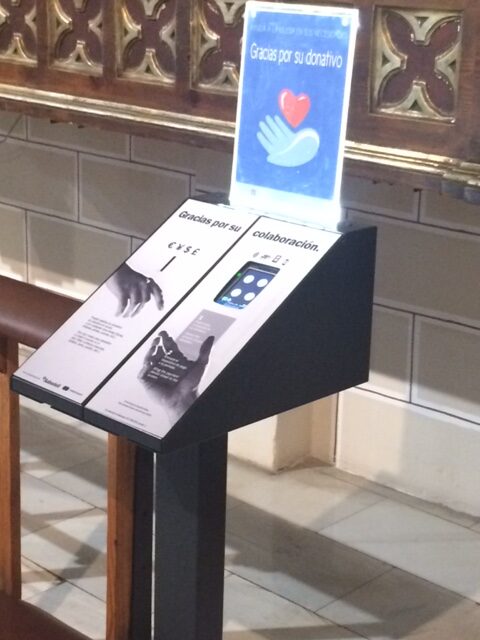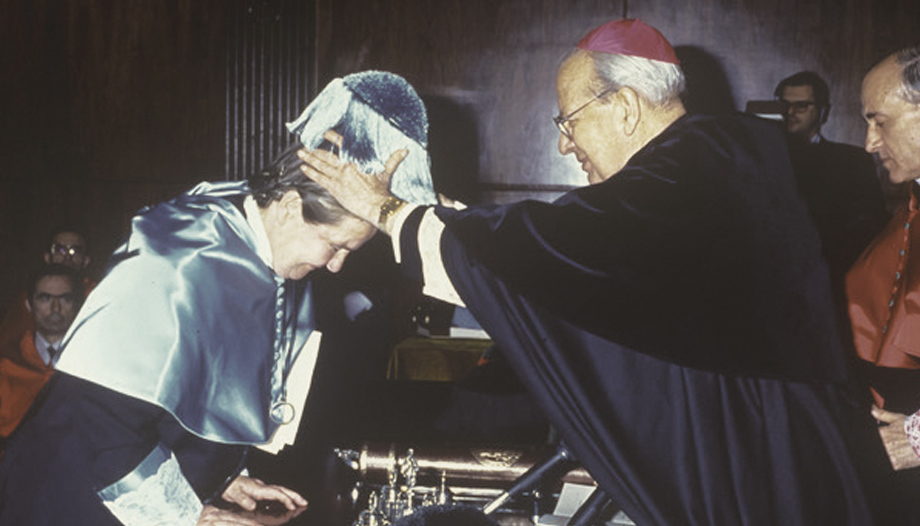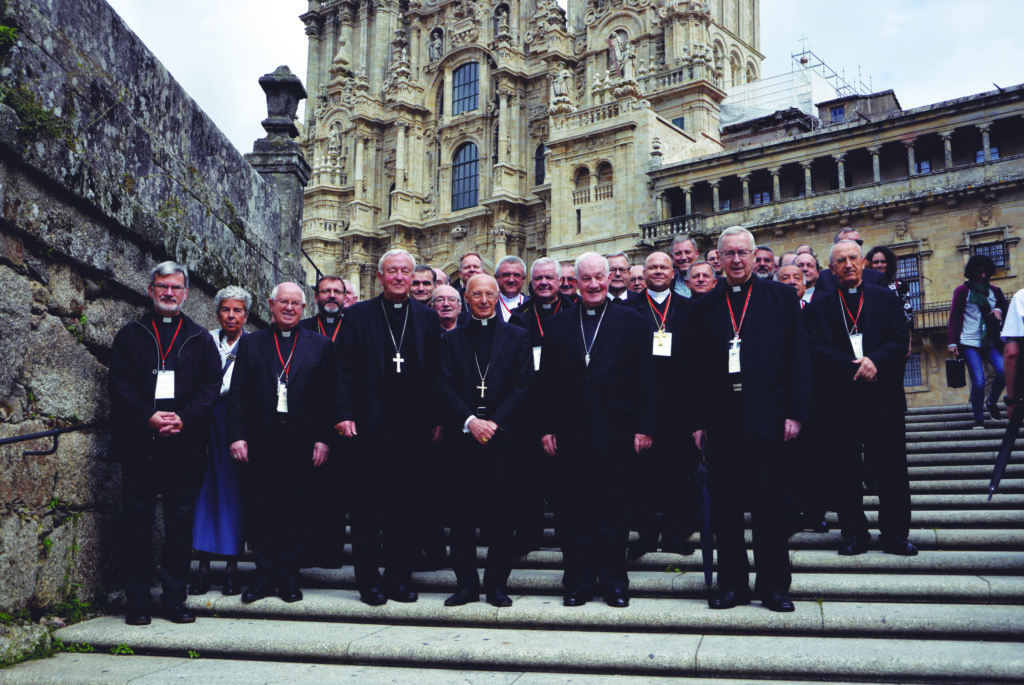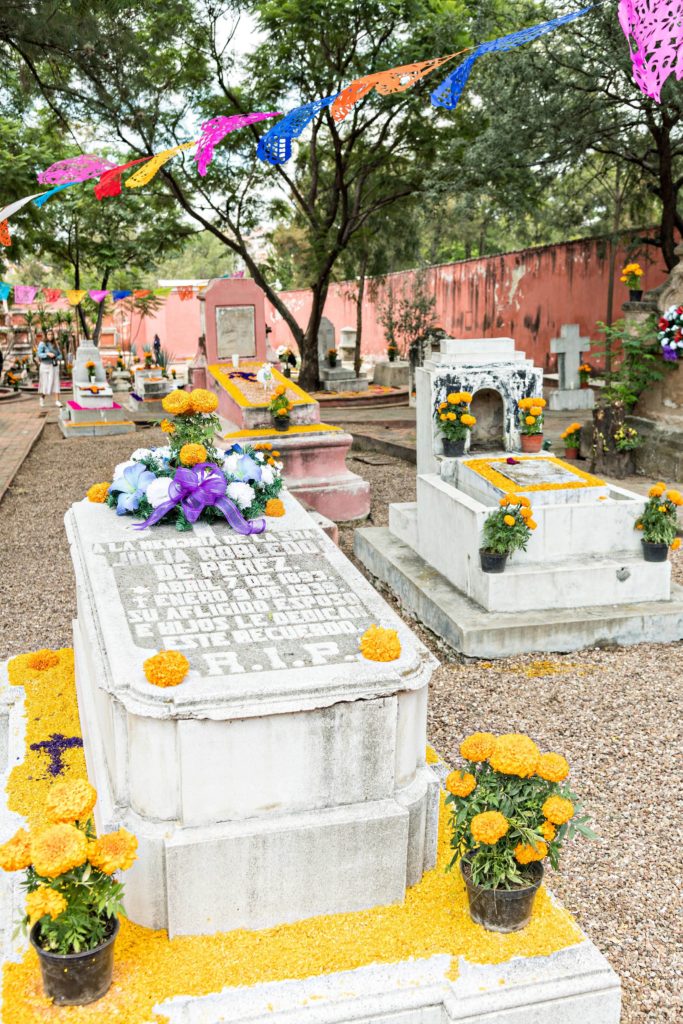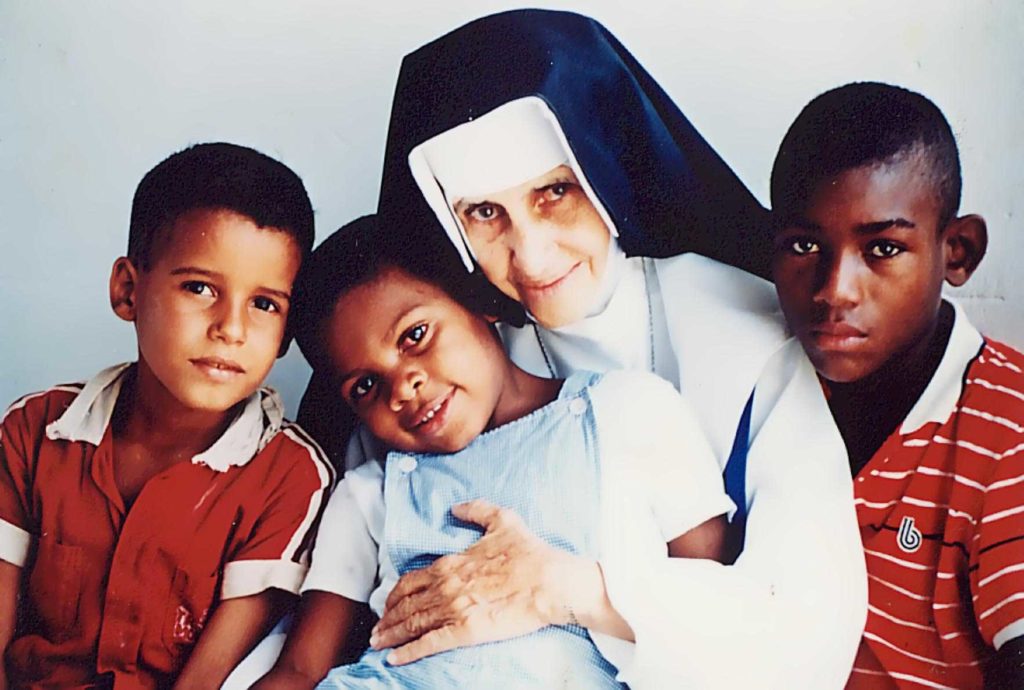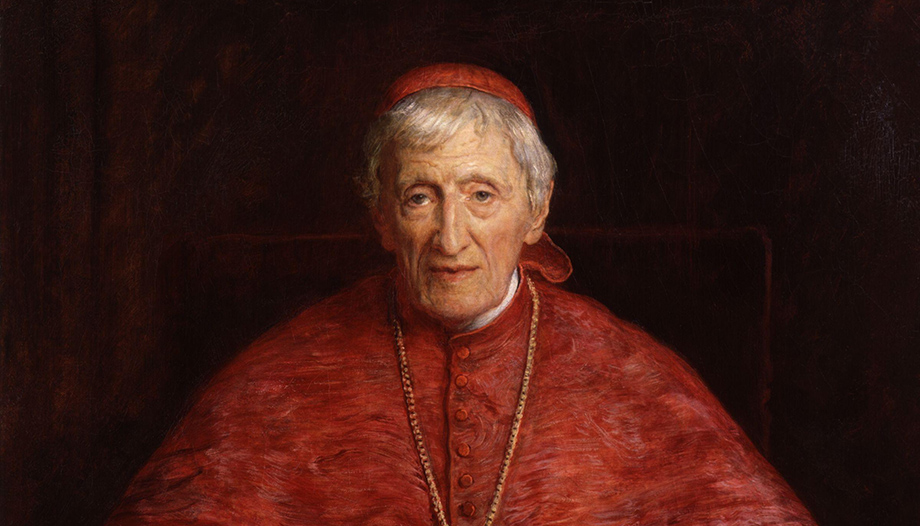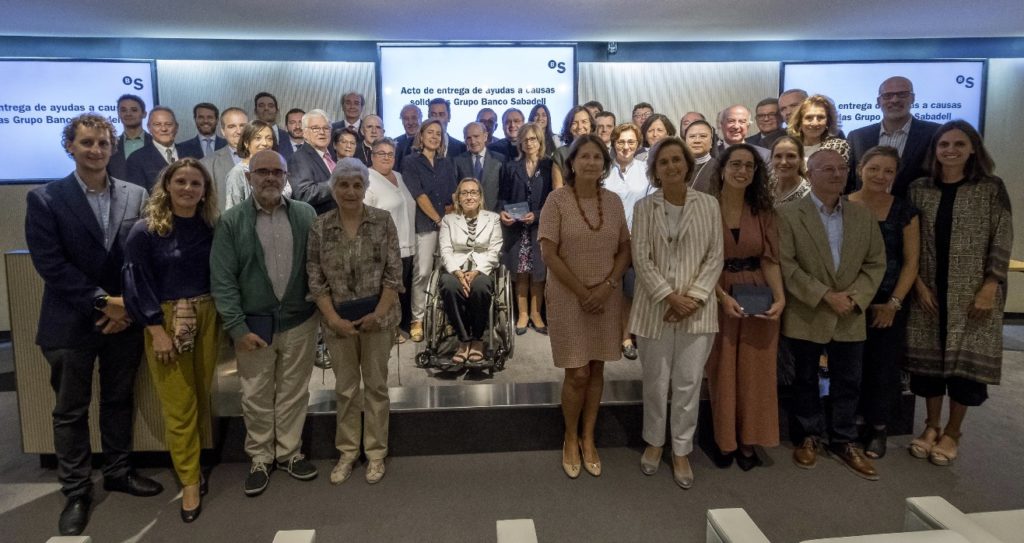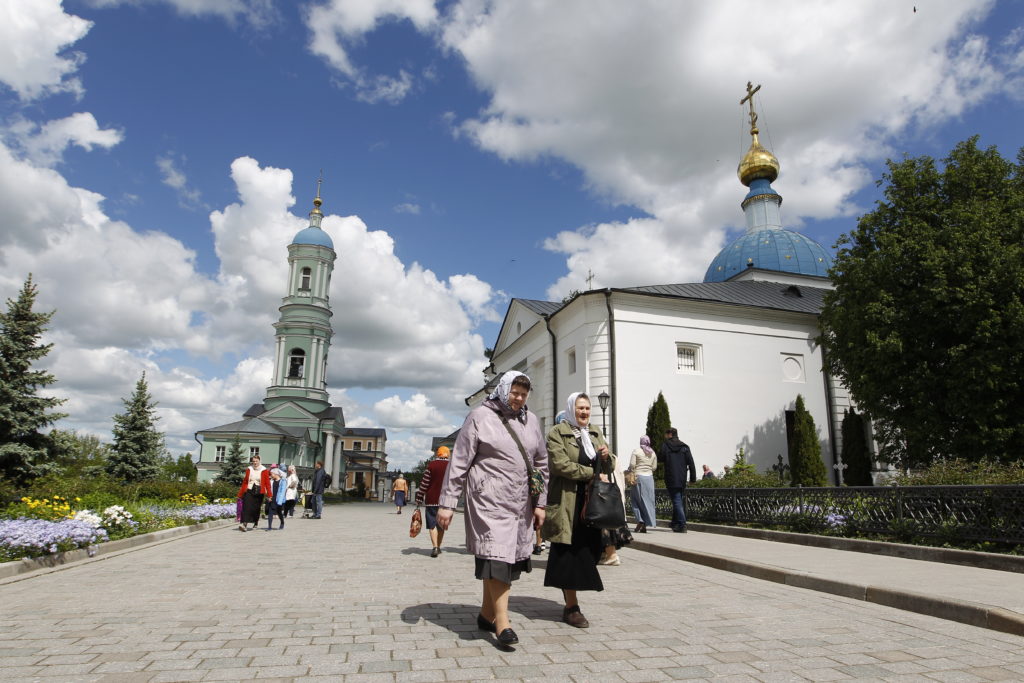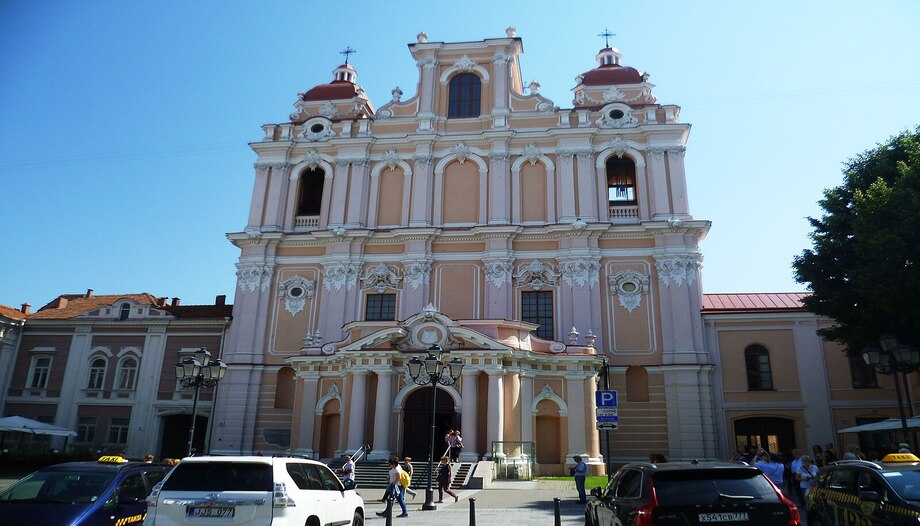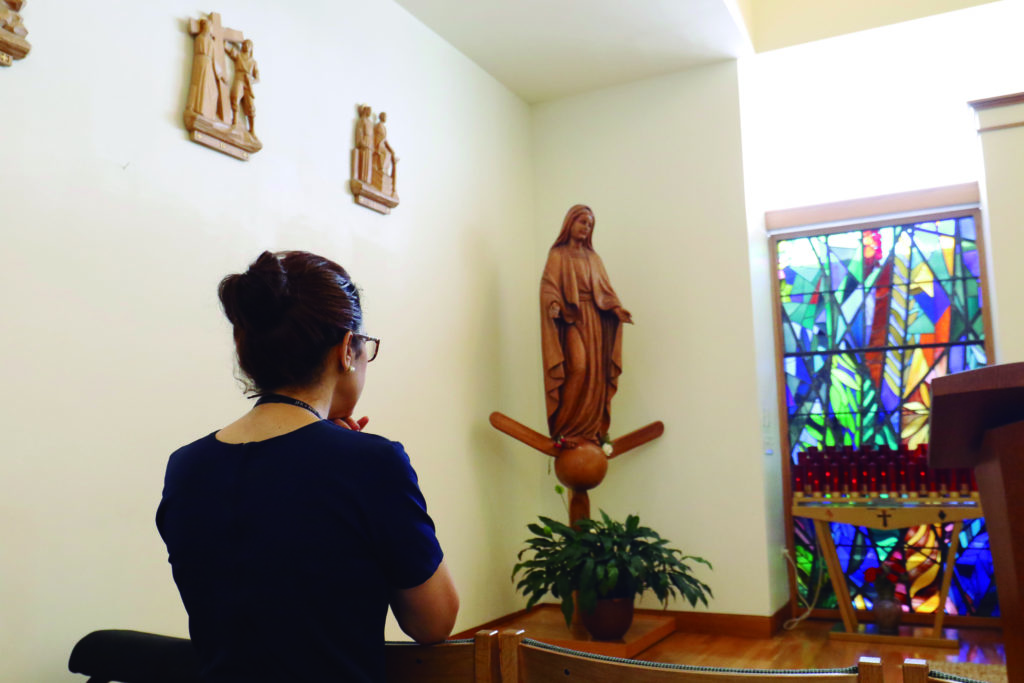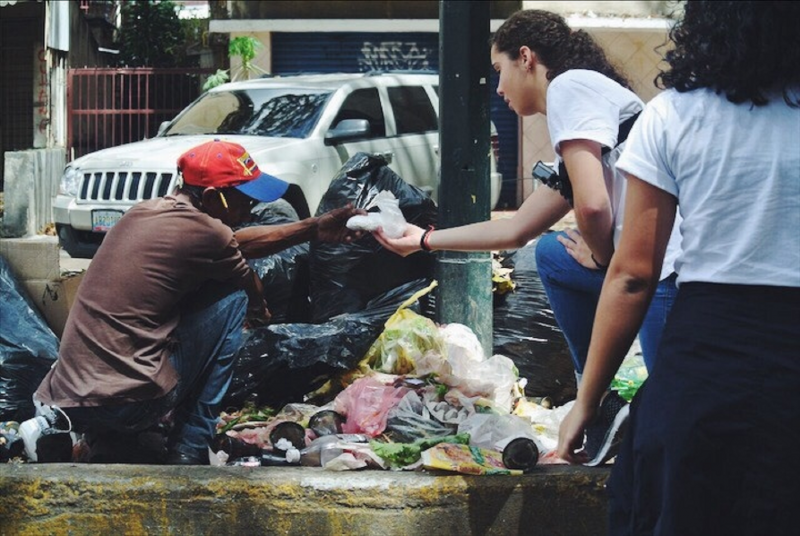Today, we are facing a change in the traditional physiognomy of the family in countries with a Christian tradition. Especially in the West, it is changing by leaps and bounds. Premarital relationships seem obvious to some and divorces have become almost normal, often as a consequence of marital infidelity. To this, we must add the ideas of gender and the so-called homosexual marriages. What has not changed is the heart of the human being in whose depths beats the desire to form a family and if possible, a stable one.
In this situation, of a Copernican turn in the way of understanding marriage and the family, as well as the approach to their preparation, more often than not in the midst of a previous cohabitation relationship, there are only two possible attitudes: resignation, leading to unilateral pessimism, or adopting the spirit of the Second Vatican Council, which in these matters is: a) to welcome, and b) to reorient towards Christ the Savior.
Thus, in Gaudium et Spes (GS), nn. 47-52, we find a more personalistic approach to marriage and the family in continuity with the previous tradition. Later, St. John Paul II, in his Catechesis on Human Love and in the Apostolic Exhortation Familiaris Consortioopened up new perspectives on current problems. To this should be added the two synods on the family convened by Pope Francis in 2015 and 2018 as a further manifestation of his interest in all that concerns marriage and the family.
To return to the topic at hand, how is the experience of preparing engaged couples for marriage, considering that most of them (7 out of ten couples) are already living together in a stable, sometimes long-lasting, common-law union? We begin with an example that can help us to situate ourselves before the problem, which is a challenge and a challenge for the Church of the 21st century.
Alvaro and Cinthia came to the parish of the Nativity, in Navacerrada, to ask for a date to get married next September. After setting the date and explaining their motivations for getting married in the Church, we had another day in which we were able to discuss and deepen their personal history and their project of married life. They want to do the pre-marriage course with us to help the priest to get to know them better. In this dialogue, the question arose about the sacrament of confirmation, which she has received and he has not yet received. He asked me if he could prepare himself to receive the sacrament of confirmation before the wedding.
We met for a second day, during which we arranged a series of meetings and readings as basic material to prepare for his confirmation. And, following this last dialogue, I asked the groom: "Why did you decide to move in together, and what 'pros' and what drawbacks did you find?". He has answered me: "The experience of living together has helped us to get to know each other better in our daily living together, but we realized that, as believers, there was something we were not doing right."He continues, "the time has come for us to get married".
We continued the conversation with my question: "Do you want to have children?". The answer: "Yes; in fact, it has been a very important factor to consider when deciding to get married.". The priest continues: "Would you recommend friends of yours to 'try out' before getting married?"the groom: "Yes and no. Yes, for the opportunity to get to know each other better; and no, from a moral point of view, we are aware that we have started the house from the roof.".
All dimensions
We consider this interview, conducted with the groom in the 9 months prior to the wedding, to be very relevant and enlightening. On the one hand, he makes an evaluative judgment of the cohabitation experience as something "necessary", although he does not value it positively from a moral point of view. In fact, that would be the only reason for not recommending it. On the other hand, they recognize that they have linked their desire to have children to the decision to marry.
The latter is becoming more and more common: after living together, sometimes for a long time, as the years go by and the woman's fertile age becomes shorter, they come to the Church to ask to get married. Some, few, do it when she is already pregnant or with a child already born, to be baptized. Celebrating a wedding with a baptism is something we priests have to count on and it is good to know how to approach it. A "two for one" sells well in the pastoral field and is always a way of evangelization.
As an anecdote: on one occasion we had to celebrate a wedding with a baptism (as I say, something quite common nowadays), in which the bride and groom had invited the family "only to the baptism", without any mention of the wedding. There was general surprise, especially from her father, when at the beginning of the celebration the priest announced that they had come to the wedding of his children and the baptism of his grandson. The handkerchiefs began to come out of the pockets in the nave of the church...
Getting married, and doing so in the Church, is a definitive step that changes the lives of these engaged couples and places them on a different existential step, being able to count on God's grace in their married life and educating their children in the Catholic faith. It also guarantees them the social and juridical status necessary for the development of their family life in society. The wedding, even if there are only four guests, does not cease to be a public celebration, because of the undoubted social meaning of marriage. This is something we should not forget when preparing for marriage in the Church.
This is a pastoral challenge, through which it becomes clear that, as in marriage preparation, all the dimensions of the person come into play: intellectual, affective and spiritual. All those who come to marry in the Church require specific accompaniment to help them discern their vocation well, as well as the suitability of the person they have chosen to marry. There is no crisis of the family; there is a crisis of the human being, and for this reason we must insist on this prior discernment, which is so necessary.
Personalized accompaniment
We are approaching the importance of a good pastoral accompaniment by the priest and other agents involved (competent and well-formed lay people, couples with a committed faith life), which can facilitate the bride and groom's access to marriage with full knowledge of what they are doing and in full freedom, as well as helping them to fruitfully encounter God at such a decisive moment in their lives.
Pope Francis, in Amoris Laetitia (n. 297), reminds us that "It is a matter of integrating everyone, helping each person to participate in ecclesial communion, so that he or she may feel the object of an 'undeserved, unconditional and gratuitous' mercy". This indication that the Pope refers to persons in so-called irregular situations is extended by analogy to engaged couples living together before marriage. Most of them link their decision to marry in the Church with the moment of having children. It is not difficult for them to accept living together without being married, but they cannot conceive of having children out of wedlock. That is why it is so important that we pastors know how to welcome couples who come to ask for the baptism of a child without being married, because many times, during or after the preparation for this baptism, there is also the opportunity for these parents to consider marriage.
In this way, preparation for any sacrament, but especially for marriage, is presented as an opportunity within the Church to announce to the engaged couple the Good News of Jesus Christ, who was also born in a family, sanctified in it and made it a model of family life for all humanity. Such an opportunity requires knowing how to welcome, accompany and integrate.
– Welcome It involves making the bride and groom who come to be married in the Church see that they are not alone. By choosing canonical marriage they are, even without knowing it, responding to God's plan for their lives. It is the task of the priest who receives them and, if necessary, accompanies them, to make them see this great truth: that marriage is a vocation and as such demands a response from them. And, today more than ever, it is necessary to give a clear and complete explanation to the engaged couple of what Christian marriage is as a natural institution willed by God, aimed at the good of the spouses and open to life, to form a family.
What is obvious because it is evident should not be left unexplained, especially in the present times, in which the most basic thing, such as the complementarity between man and woman, requires an explanation.
It has happened to all of us, when talking to the engaged couple, that in the first interview, he or she was reticent about the convenience of marriage in the Church (they did it more for the other than for themselves), because they thought that to get married it is necessary, for example, to go to Mass every Sunday or to go to confession from time to time. And they were surprised when it was explained to them that what the Church requires in order to celebrate canonical marriage is want what the Church wants. No more, no less.
The Church wants marriage to be the union of one with one, for life and open to the procreation and education of children. Whatever exceeds this cannot be demanded of the bride and groom in order to get married. Nor can less be asked of them. The couple in which he or she manifests in a positive and express way a contrary will to have children (which is different from wanting to postpone the moment to have them) should be advised to wait and in some cases dissuade them from celebrating this marriage. For they could be forced by their own will to enter into a null marriage by exclusion of one of the two purposes of marriage (in this case, that of the generation and education of children). It is a matter of the pastors who accompany the engaged couple maintaining a position of balance that guarantees their right to marry and helps them to discern about the marriage they are going to contract, knowing that internal and external freedom is decisive for its validity.
Logically, this dialogue with the bride and groom should take place in an atmosphere of trust and closeness, capable of eliciting between the bride and groom and the priest a frank dialogue about each one's way of being, his or her hobbies, dominant virtues and defects, and life of faith. If he or she, or both of them, tell me that they do not have a life of faith, I will encourage them to have one; to attend some adoration, Sunday Mass or a retreat. We have all had very pleasant experiences in this regard. But I insist that we cannot link the degree of faith lived with the validity of their marriage, although we can help that this preparation favors their encounter with God and with the Church... Little by little, leading the engaged couple as if on an inclined plane.
- Accompanying: is the most important phase of marriage preparation, because it requires dedicating time to the engaged couple. We should not consider the premarital cursillo and the dossier as sufficient preparation. Both must be the culmination of the previous preparation with the bride and groom. In my parish - this is what I have seen in the three parishes I have attended - this accompaniment is done by the parish priest or the priest vicar. And now the fundamental question arises: How long does this preparation have to last?
Recently, the following materials have been presented Together on the way, +Q2The purpose is to accompany the engaged couple in their vocational discernment for two years. This should lead us to think about whether the preparation that we currently give in the parishes is what is really needed and whether it is sufficient in time and content. It is true that we focus on explaining the marriage-sacrament and what it entails, but we do not pay much attention to the importance of the bride and groom discerning their vocation and their corresponding and reciprocal suitability for it. It is one thing to be in love, and quite another for that love to find the right channel to develop and grow.
As aspects, which should not be left to be discussed with the bride and groom:
a) First, the biography of the bride and groom and the vicissitudes they have gone through before they met, during the engagement and in the months leading up to the wedding.
b) The second is to get to know the bride and groom better (one can see how they react to certain questions or even their state of mind with respect to the last interview). In this sense, it has happened to us that, "a week before the wedding", the bride explains to us that she suffers from a serious depression that makes her unable to lead a normal life at certain times, even preventing her from going to work. This is a fact that had not come to light in previous meetings and that arises a few days before the wedding.
The impact that these questions can have on the consent that is to be given and given demands great attention on the part of the pastor to help the engaged couple to discern and evaluate the marriage they are about to contract and the suitability of the person and the moment in which they are going to contract it. It is not so much the "what", obviously important, as the "when" and "with whom" that should guide the pastor of souls in the difficult task of helping to discern. It would be a matter of provoking in the bride and groom the great question: is our marriage viable? Does it have the prospect of prospering and being sustained over time? In relation to this aspect, the question that appears in the premarital file of the Diocese of Madrid about "if you have had doubts about the success of your marriage" makes perfect sense; knowing how to guide this question and the answer we obtain sheds no little light when evaluating the sacrament that they are going to celebrate and the conditions in which they are going to do it. It gives clues to them and to the priest.
c) and d) Third and fourth, we will focus on preparing for the sacrament (the wedding day) and helping the bride and groom to be reconciled with God through the sacrament of confession. It should be noted that some of them have not been to confession for a long time, so in these moments before the wedding they are in an optimal time to experience God's mercy in their lives. The accompaniment of the priest, both before and during confession, respecting the rhythm and degree of faith of the penitent, is essential.
2.- Discern and Integrate: we are in favor of placing in this phase of integration into the ecclesial community the "engaged couples' groups", which are being formed in many parishes, the pre-marriage course and the completion of the dossier. The first, because it is the moment in which the engaged couple that we have been preparing individually is integrated with other couples like them and also different from them by age, circumstances, culture, etc., a moment of great richness for all, also for the priest. Thus, when they arrive at the pre-marriage course, they have already discerned their vocation and are integrated into the ecclesial community that has welcomed them, capable of developing a very great openness and availability in relation to the information and experiences that will continue to be communicated to them. In fact, some of them have told us in the survey that we made at the end of the Cursillo that they had never before experienced the motherhood of the Church as they have done in the couples' group and in the pre-marriage Cursillo.
The groups of engaged couples, like those of married couples, require at least monthly accompaniment and regularity, so that they can have a time of prayer, some formation and time for sharing: the latter is perhaps the most enriching.
The essentials for transmitting and communicating
Regarding the content and duration of the workshops, there are as many forms as there are parishes. But we believe that it is important that it is never lacking:
-an adequate and systematic treatment of the fundamental aspects of marriage. Its character as a natural institution willed by God and by the Church, the sacrament of marriage, its properties and purposes, the difficulties that can arise and how to solve them, sexuality and communication in the couple, the methods of natural birth planning and, very importantly, how to accompany spouses who have not been able to have children. The new naprotechnology and the traditional adoption are realities to be known and to know how to offer to the spouses.
-duration must be sufficient to be able to deliver the right content. No more, no less. However, it is clear that the short courses of several days, over four or five weeks, are an ideal way to get to know the engaged couple better and to see their evolution over time; if one knows how to look at them, one can see how they are doing and what they need. The Church's gaze is very important at this time of marriage preparation.
-the matrimonial file: It is up to each priest to determine the fruit of this meeting with the bride and groom and with the witnesses of the marriage. If we take advantage of the questions that make up the meeting as an opportunity to dialogue with them on fundamental issues of marriage, we will be making it a wonderful moment of transparency and sincerity for the bride and groom.
In short, the Church is called to make, through the magisterium of the Popes and with the help of pastors, bishops, priests and the most committed laity, a proclamation of life and truth to young engaged and married couples that will enable them to see beyond material contingencies in order to enjoy and savor the realities of heaven that will come to them in an admirable way through their marriage. Encouraging them to enter into it and enabling them to realize that "whatever the firmness of purpose of those who engage in premature sexual relations, these do not guarantee that the sincerity and fidelity of the interpersonal relationship between a man and a woman will be insured, and above all protected, against the vagaries of the passions." (Congregation for the Doctrine of the Faith, Human person). The carnal union is legitimate only when a definitive community of life has been established between man and woman. Human love does not tolerate "proof". It demands a total and definitive gift of persons to one another (Familiaris Consortio, 80 y Catechism of the Catholic Church, 2391).
Called to holiness
It would be an incongruity on the part of pastors not to show the engaged couple clearly the universal vocation to holiness that underlies marriage. GS 48 reminds us of this in these words: "Imbued with the spirit of Christ, which saturates their whole life with faith, hope and charity, they (the spouses) arrive more and more at their own perfection and their mutual sanctification.". And GS 49.2 states: "To face with constancy the obligations of this Christian vocation requires an insignificant virtue; therefore, the spouses, invigorated by grace for the life of holiness, will cultivate firmness in love, magnanimity of heart and the spirit of sacrifice, asking for them assiduously in prayer.".
In view of the "hard times" we are living in, it is essential to create family platforms where all educational institutions are present: schools, universities as centers of knowledge, parishes as authentic areopagi of faith, ecclesial movements, family pastoral agents, Family Orientation Centers (COF), family mediation services, Catholic forums on the Internet and any person with the right interest and training, in order to "bringing Christian marriages into the world". We owe it to the world, to the Church and to future generations....
There is no better task, no greater challenge!
The authorPablo María RiopérezParish priest, ecclesiastical judge and doctor in Law




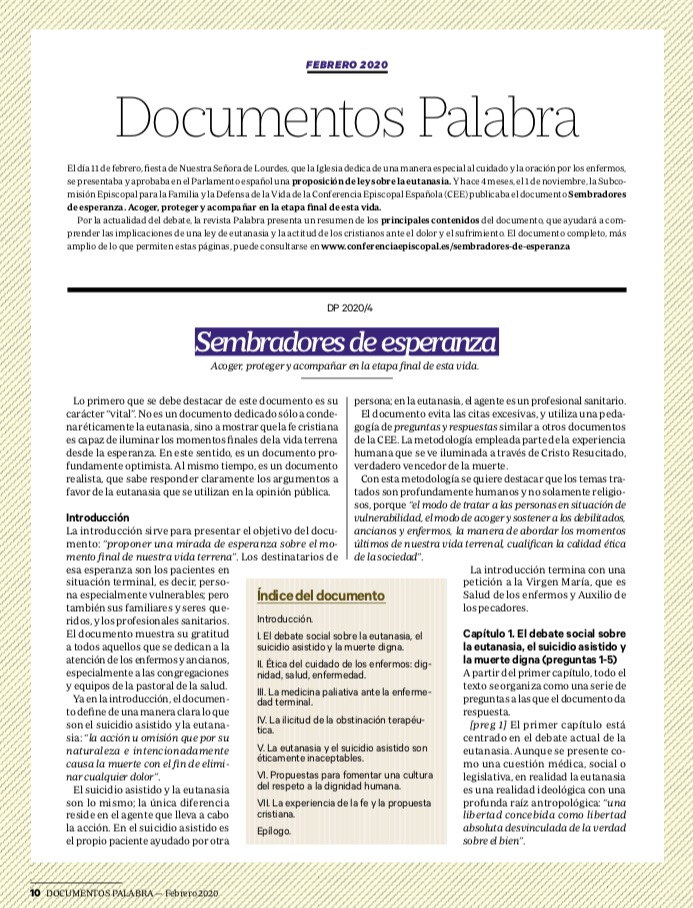



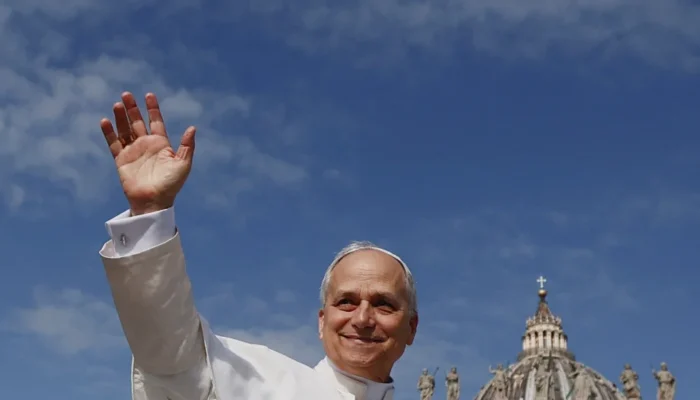
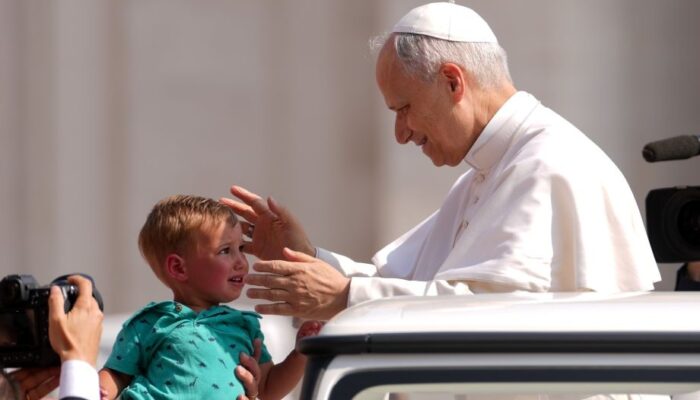
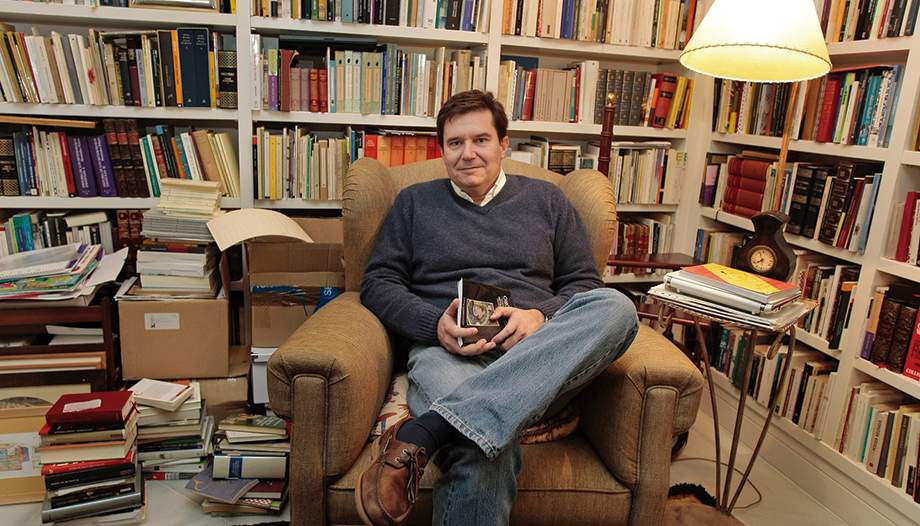
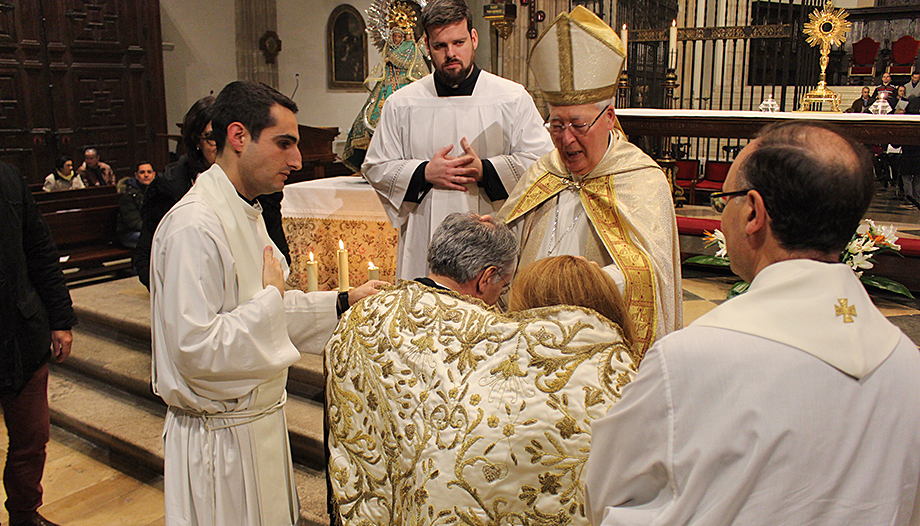
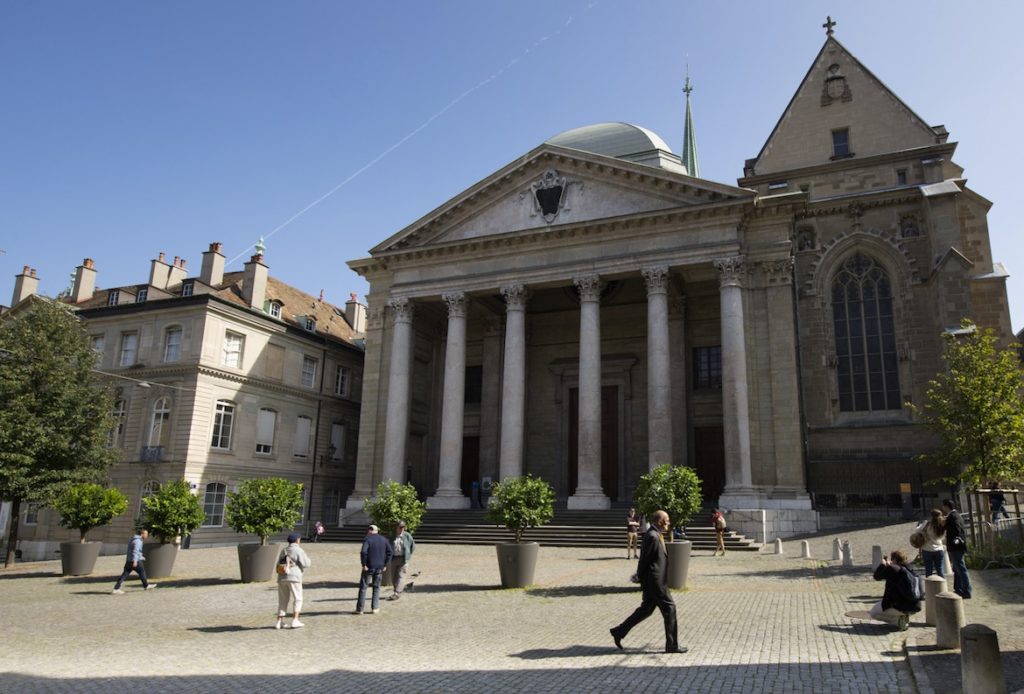
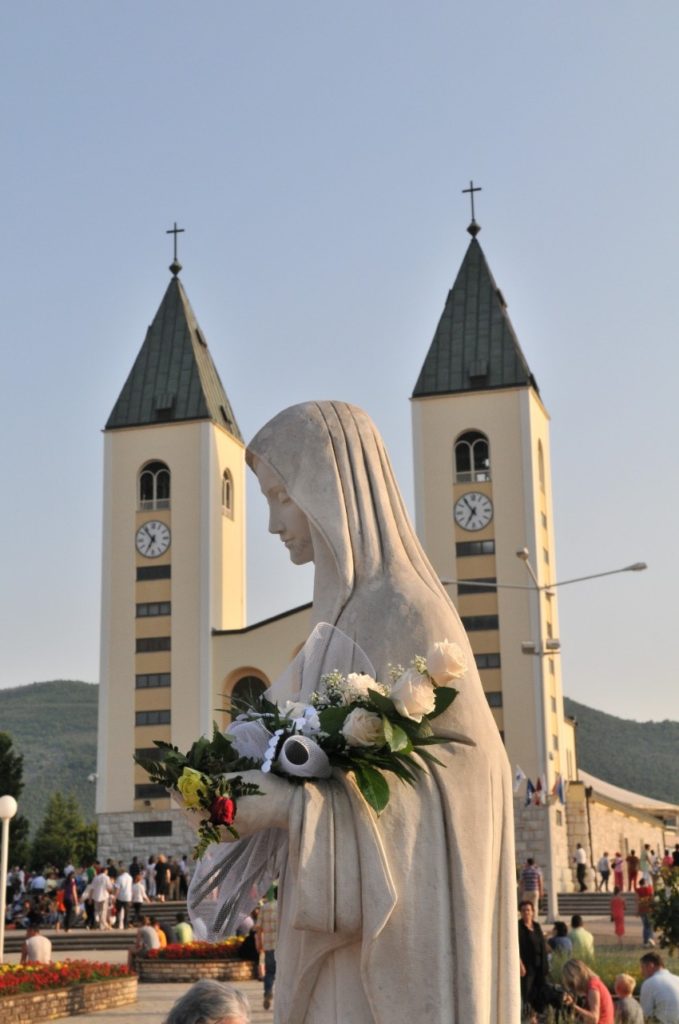
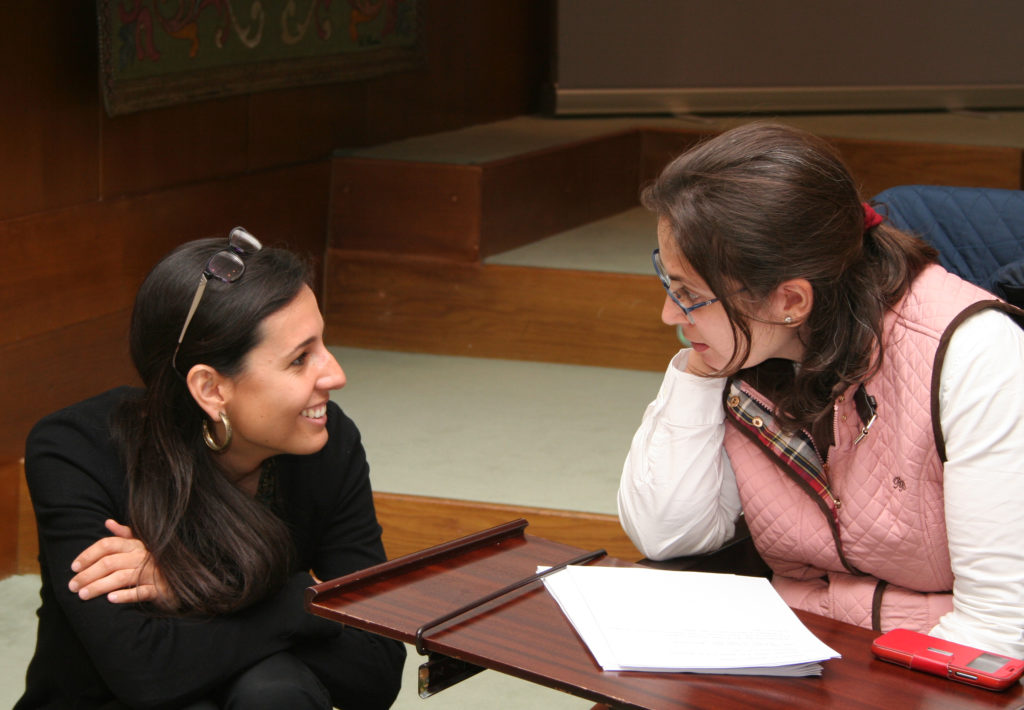
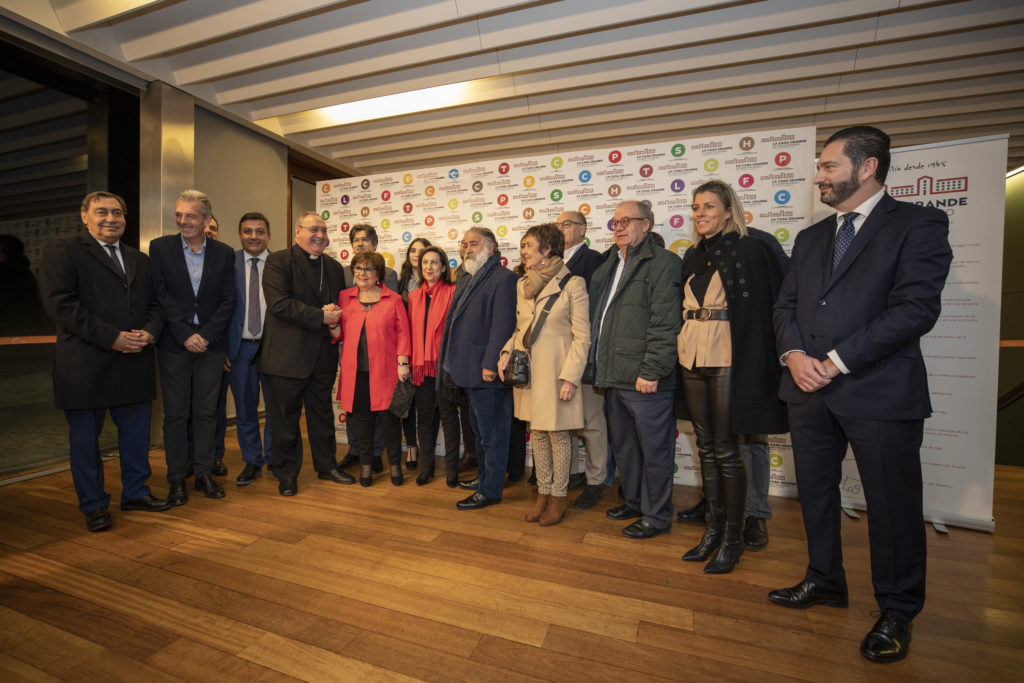
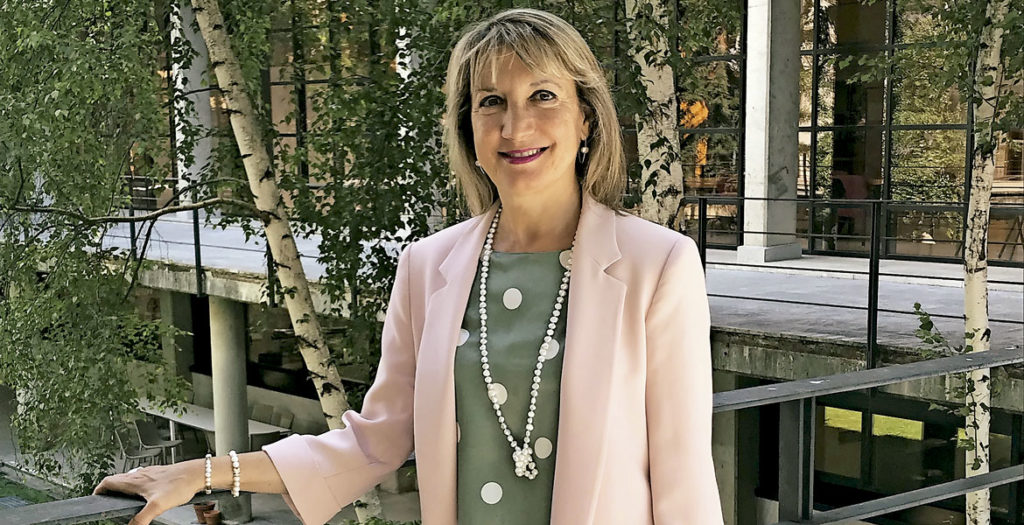
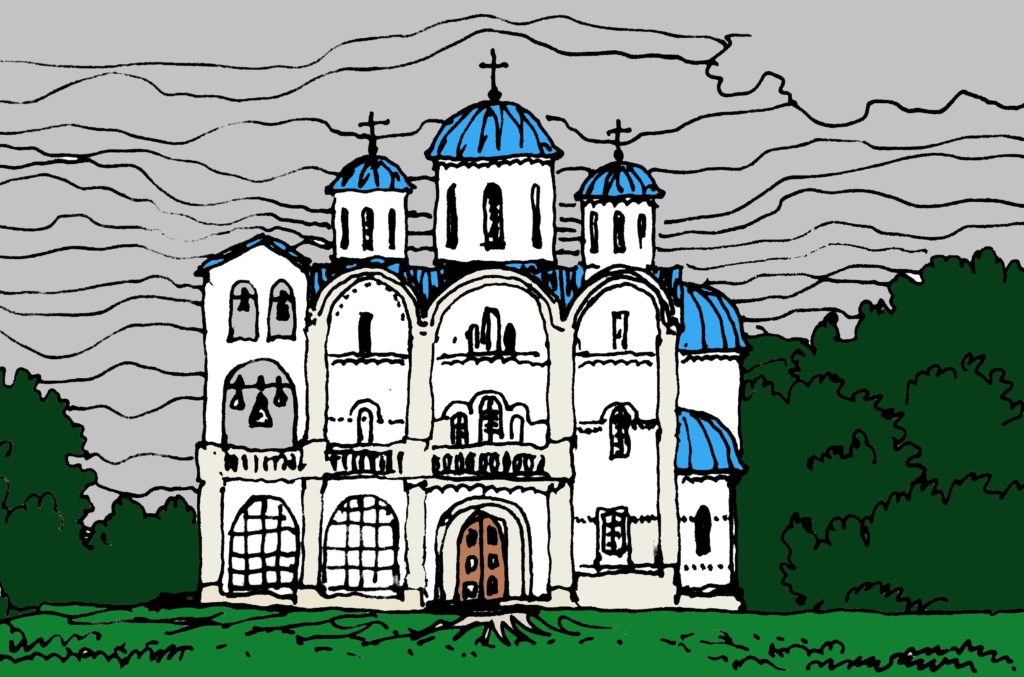
 Fatima prepares the centenary of the apparitions with prayer, penance and conversion
Fatima prepares the centenary of the apparitions with prayer, penance and conversion